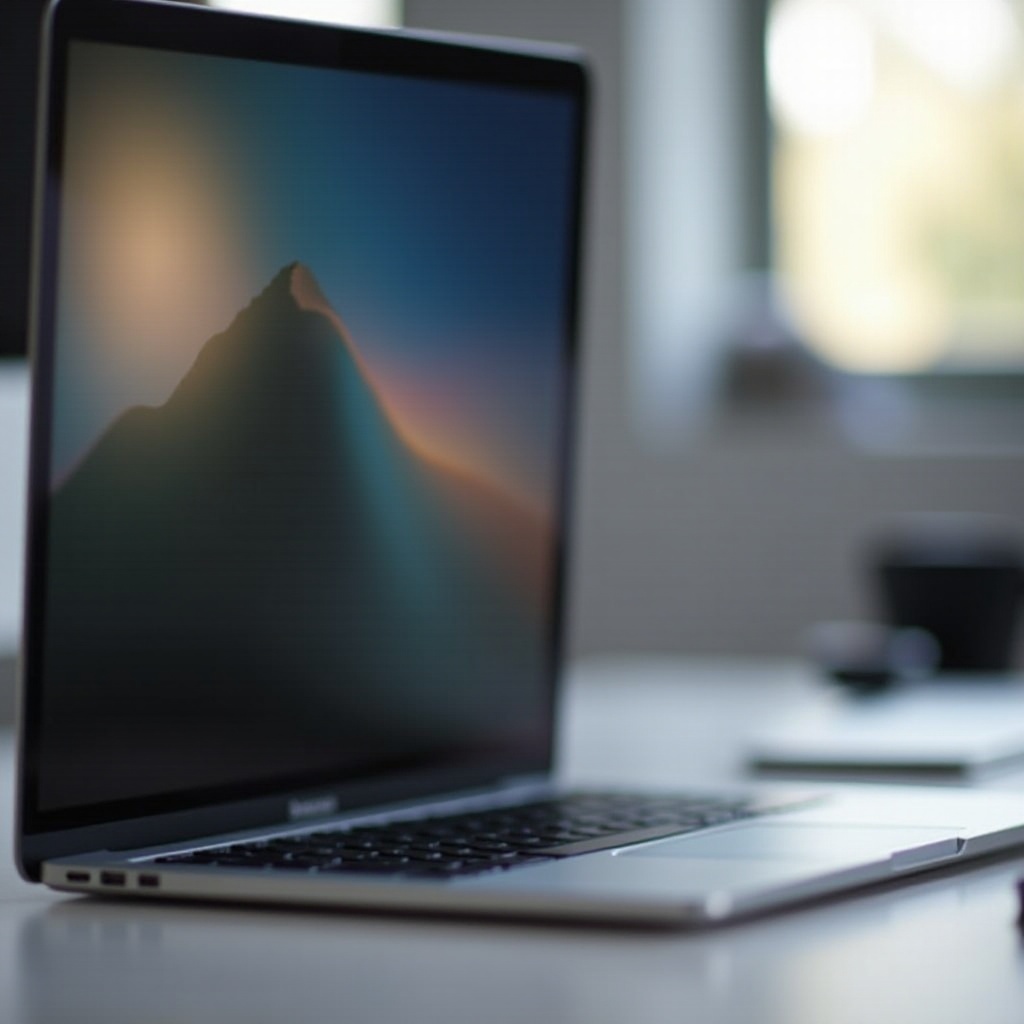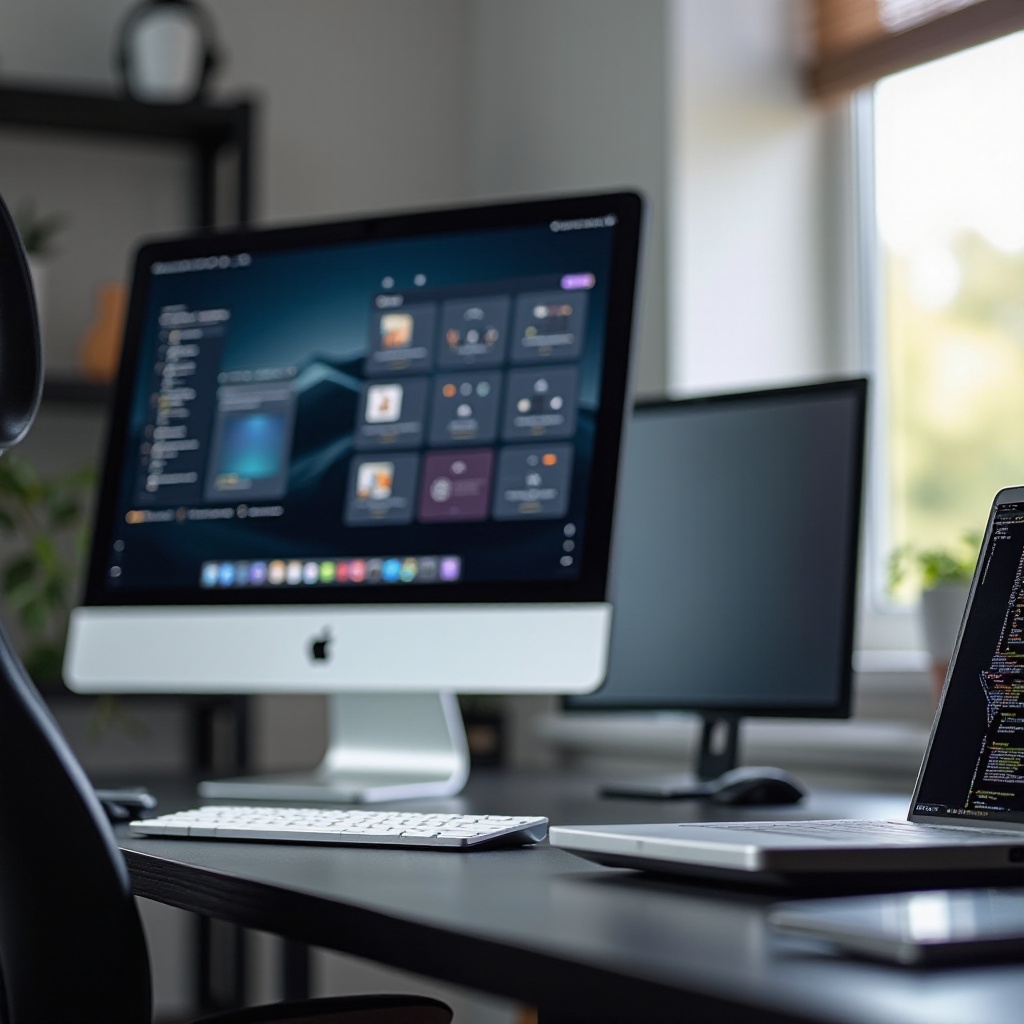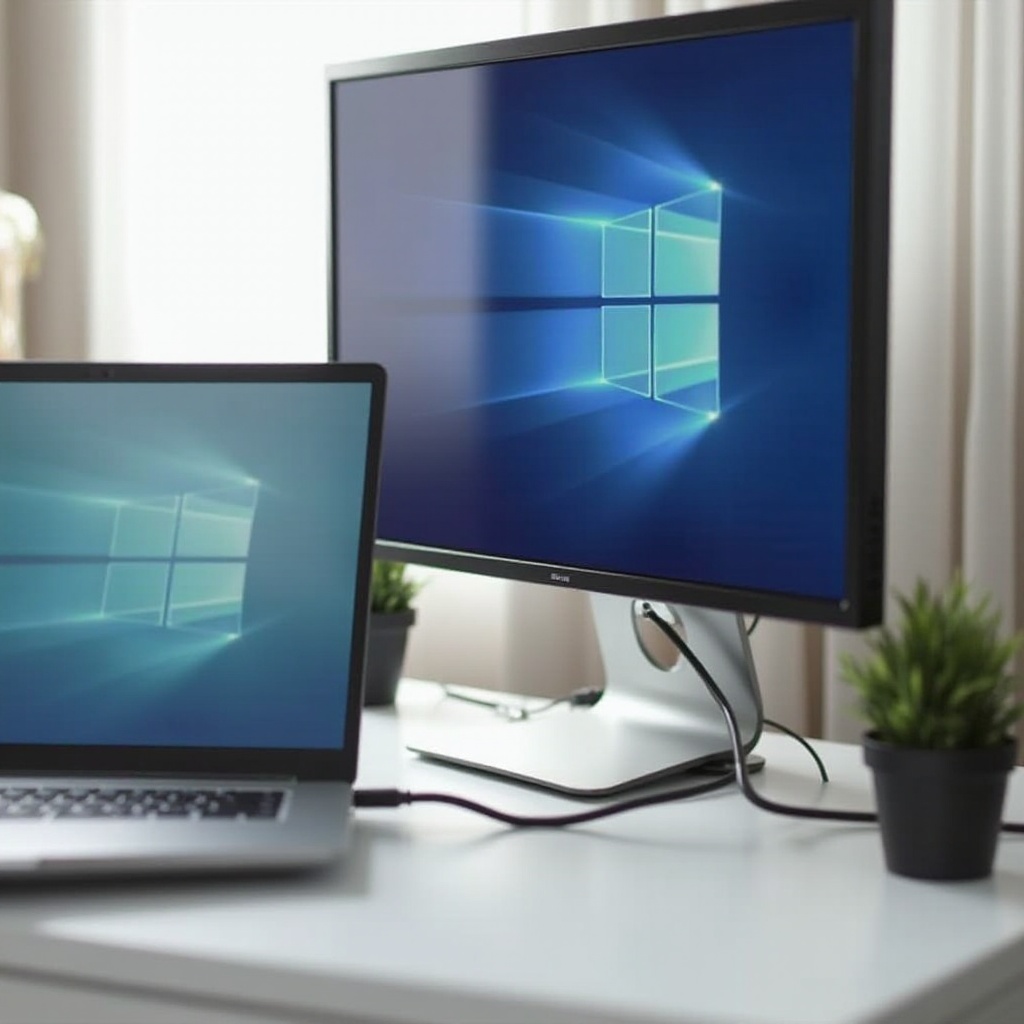Introduction
Keeping your external display active when you close your laptop can be incredibly beneficial for those who rely on an efficient, clutter-free workspace. Many users find themselves wanting to close their laptop lid to save desk space, protect their device from dust, or simply get a better view on a larger screen. This article will guide you through the process of ensuring that your external display remains active when you close your laptop, whether you are using Windows or macOS.

Why Maintaining an External Display Is Beneficial
Having the option to maintain your external display while closing your laptop lid provides several advantages. Firstly, it helps in minimizing desk clutter, making your workspace more organized and visually appealing. Secondly, it reduces the risk of accidental damage to your laptop, such as coffee spills or physical knocks. Additionally, it can enhance productivity by allowing you to focus solely on a larger screen without distractions. For those who use their laptops for presentations, an uninterrupted external display ensures smooth transitions and professionalism.

Understanding Your Operating System Settings (Windows & macOS)
Each operating system has specific settings that need to be configured to ensure your external display remains active. Whether you’re using a Windows or macOS laptop, understanding these settings is crucial for a seamless setup.
Windows OS Configuration
To configure your Windows laptop to keep the external display active when the lid is closed, you need to access the power and display settings. These settings allow you to specify what happens when you close your laptop lid.
macOS Configuration
For macOS users, the configuration involves managing the energy saver settings and adjusting the display arrangement. Apple’s system preferences are designed to provide intuitive ways to control these settings.
Step-by-Step Setup Guide (Windows)
To ensure your external display stays active when you close your Windows laptop, follow these steps:
Power Settings Adjustment
- Open the Control Panel by searching for it in the Start menu.
- Click on ‘Hardware and Sound.
- Select ‘Power Options.
- Choose ‘Choose what closing the lid does’ from the menu on the left.
- In the ‘When I close the lid’ section, select ‘Do nothing’ from the drop-down menu for both ‘On battery’ and ‘Plugged in.
- Click ‘Save changes.
This configuration ensures that your Windows laptop will not sleep or hibernate when you close the lid.
Display Settings Configuration
- Right-click on your desktop and select ‘Display settings.
- Scroll down to the ‘Multiple displays’ section.
- Select ‘Extend these displays’ if you want your external monitor to act as an extension of your laptop screen.
- Click ‘Apply’ and then ‘Keep changes.
By adjusting these settings, you ensure that your external display remains active and correctly configured.
Step-by-Step Setup Guide (macOS)
macOS users can keep their external display active by following these steps:
Energy Saver Settings
- Click on the Apple logo in the top-left corner and select ‘System Preferences.
- Choose ‘Energy Saver’ from the options.
- In the Energy Saver settings, ensure that ‘Prevent computer from sleeping automatically when the display is off’ is checked.
- Uncheck ‘Put hard disks to sleep when possible’ if needed.
These settings help keep your MacBook running without going into sleep mode when the lid is closed.
Display Arrangement
- Go to ‘System Preferences’ and select ‘Displays.
- Click on the ‘Arrangement’ tab.
- Drag the white bar to the external display to make it the primary display.
By adjusting the display arrangement, you ensure that your external display remains the focal point even when the MacBook lid is closed.
Troubleshooting Common Issues
Sometimes, despite following the setup guide, you might encounter some common issues. Here are solutions to help troubleshoot them:
Display Not Recognized
If your external display is not recognized:
– Check the connection cables and ensure they are properly seated.
– Try a different cable or port.
– Restart your laptop and the external display.
Connection Stability
For stable connection issues:
– Ensure that all drivers are up-to-date.
– Check for any pending operating system updates.
– Use a high-quality cable and, if needed, an adapter.

Conclusion
Being able to keep your external display active while closing your laptop lid is a valuable feature that enhances productivity and desk organization. Whether you are using Windows or macOS, the steps outlined above provide a clear guide for configuring your system settings effectively. By understanding and applying these configurations, you can maintain a seamless and efficient working environment.
Frequently Asked Questions
How do I keep my laptop running with the lid closed?
To keep your laptop running with the lid closed, adjust your power settings on Windows or macOS as guided in this article. Ensure you select ‘Do nothing’ (Windows) or prevent sleep mode (macOS) when the lid is closed.
Why does my external monitor go black when I close my laptop?
Your external monitor may go black due to power settings not being configured correctly. Adjust your settings to ‘Do nothing’ when the lid is closed on Windows, or manage energy settings on macOS to prevent the device from sleeping.
Can I use two external monitors while my laptop lid is closed?
Yes, you can use two external monitors with your laptop lid closed. Ensure that your laptop’s hardware supports multiple displays and correctly configure the display settings to extend to both external monitors.